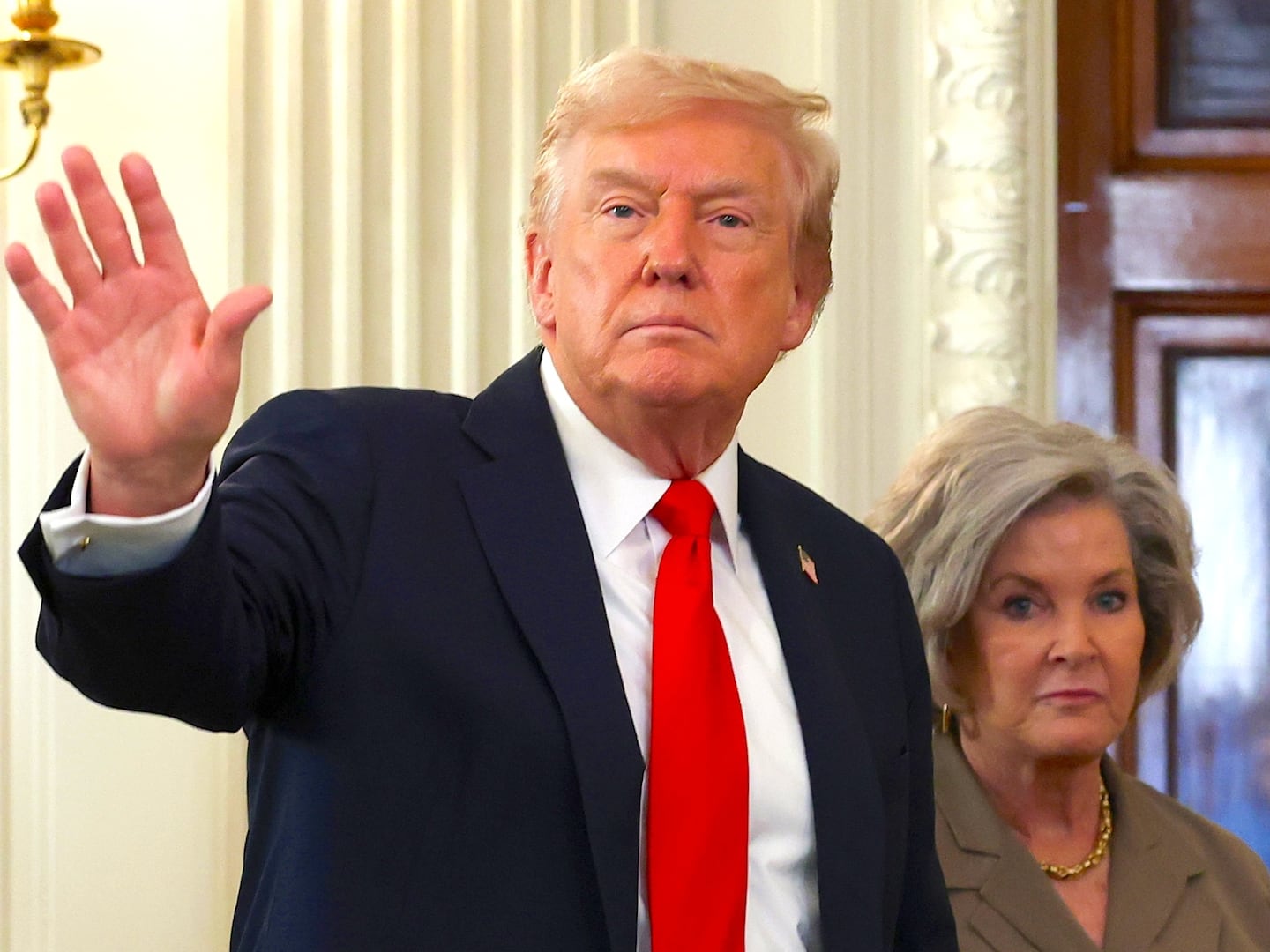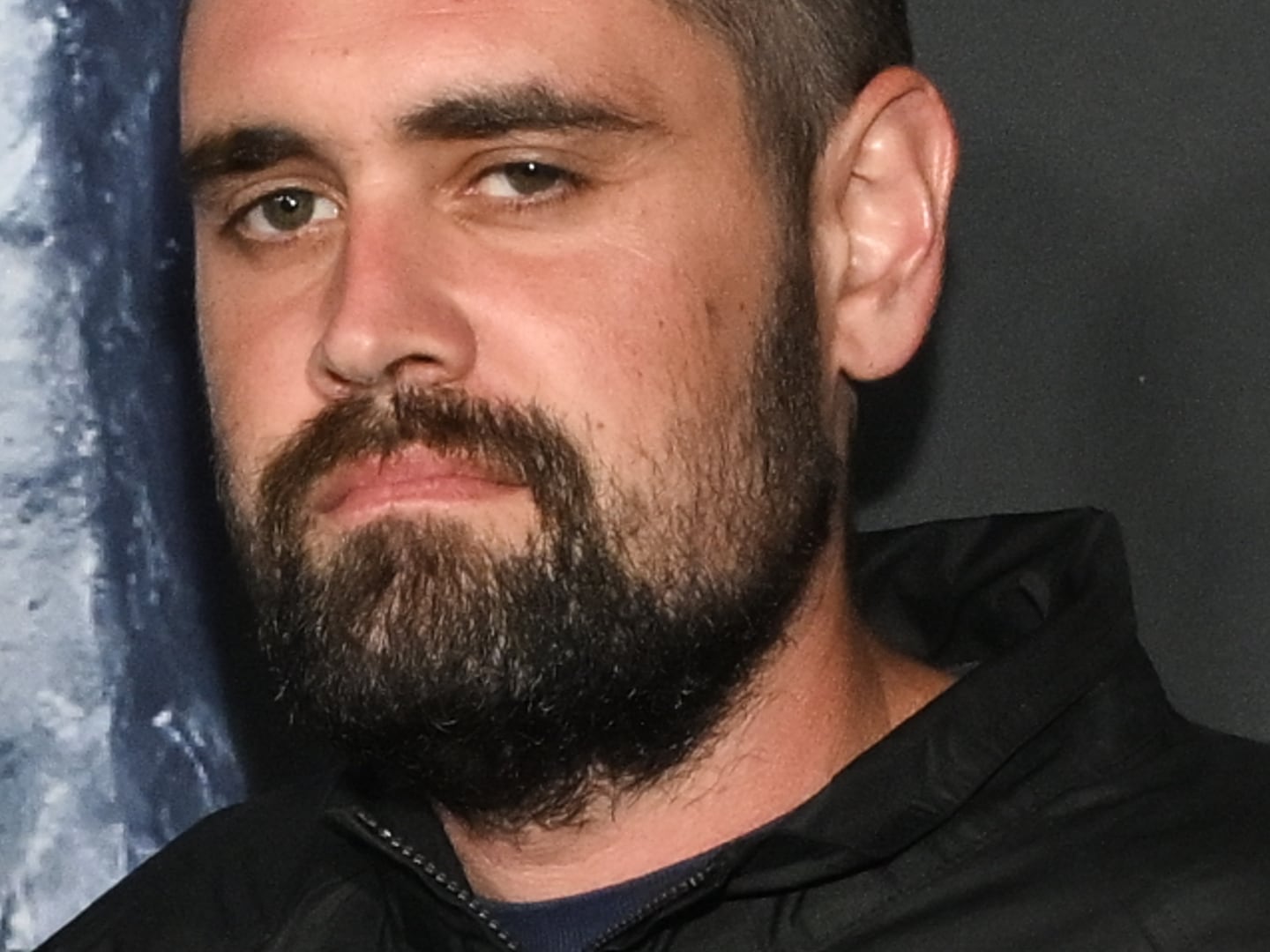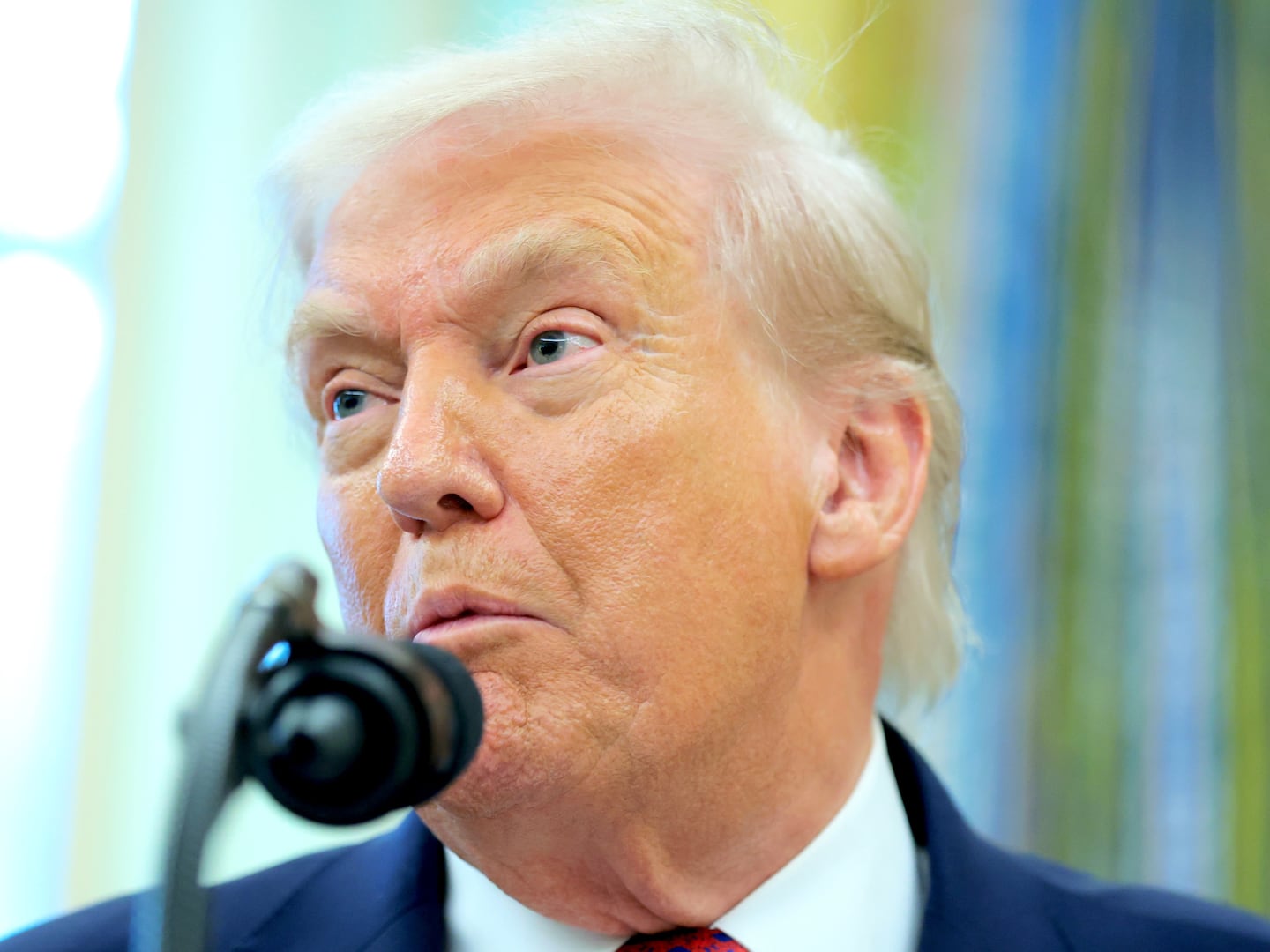Things aren’t going too hot for Elon Musk’s brain chip startup Neuralink.
In between the allegations of animal abuse, the stifling and abusive workplace, and the fact that Musk secretly fathered twins with one of Neuralink’s top executives, the company—like so many run by the billionaire CEO—has been slow to actually deliver on its promise of a commercially-viable brain-computer interface (BCI). Instead, it's been routinely beaten to the punch by competitors that haven’t had nearly as much awful press.
Synchron, a New York-based biotech company, is one such competitor. The company announced that on July 6, a doctor in New York implanted their BCI device, dubbed a stentrode, into a patient with ALS—allowing the patient to potentially communicate via email and text by simply thinking. While Synchron already beat Neuralink when they implanted their device in four patients in Australia, the procedure earlier this month was its first for a U.S. patient.
“This surgery was special because of its implications and huge potential,” Dr. Shahram Majidi, the neurosurgeon who performed the procedure, told Bloomberg.
Synchron’s device is notable for a few reasons. For one, it’s much less invasive than a traditional BCI. That’s because instead of a direct brain implant, which requires tricky surgery through a patient’s skull, Synchron’s device is inserted through the jugular vein near the motor cortex. The device is then connected with a wire to a computer in the patient’s chest—not unlike a pacemaker. From there, it’s able to read the person’s brain signals and send them to a computer or smartphone through Bluetooth, allowing the patient to use the internet, use email, or send a text just by thinking.
While it’s not as powerful as a BCI directly implanted in a person’s brain, it still offers a mostly minimally invasive procedure to give folks who are paralyzed or otherwise unable to use their limbs an opportunity to communicate and surf the web. It’s an incredibly promising piece of technology.
But where the real intrigue lies is who is funding the project: Max Hodak, a former president and one of the co-founders of Neuralink.
Hodak left the Musk-led venture in 2021 under somewhat opaque circumstances and has since been funding multiple BCI rivals to Neuralink including Synchron. “I’m excited to have the opportunity to ride along on their journey and, while realistically advisors are usually of limited usefulness, to help them succeed in whatever little way I can,” Hodak wrote in a blog post in February.
Now with its first U.S. patient in the books, the company now plans to create a smaller version of its device—with the goal of placing several stentrodes into each patient in order to increase its power. Synchron also hopes to have 16 more implants in the next year.
Meanwhile, Neuralink has been relatively quiet in the past few months. After claims were levied against the BCI company for its alleged animal abuse practices, it released a statement on its website affirming its “commitment to animal welfare.” That was months ago, though, and there has yet to be any actual news regarding their tech—though, if it’s like any other Musk-led venture, we wouldn’t hold our breath for updates.
Corporate intrigue and drama aside, the stentrode does offer a lot of promise to patients with ALS. It also could have wide-ranging applications for people who have multiple sclerosis, spinal cord injuries, and strokes as well. Since it doesn’t require actual brain surgery to get one, you can bet it’ll be top of mind for any patient looking for a BCI—though it might prove to be yet another headache for Musk and Neuralink.








